Noteworthy publications
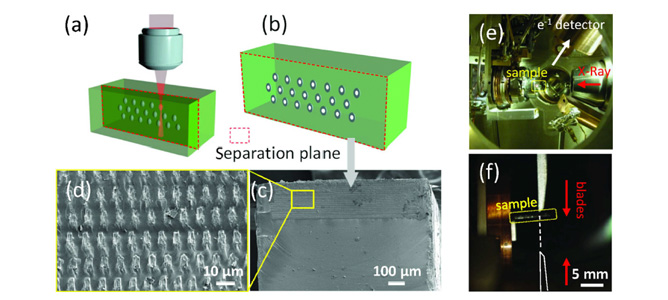
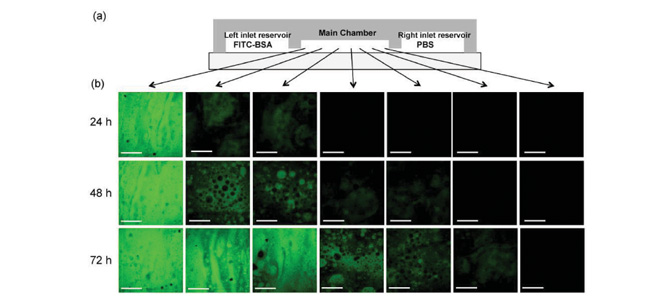
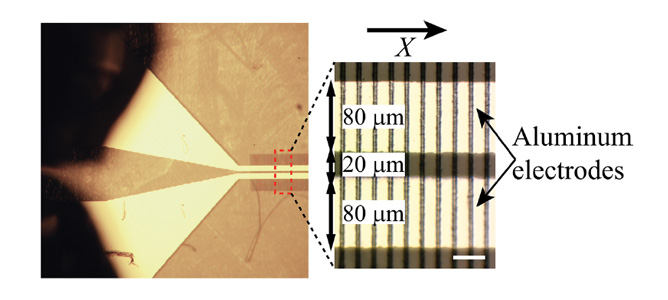
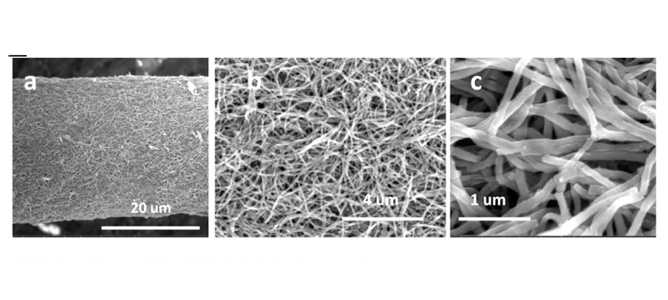
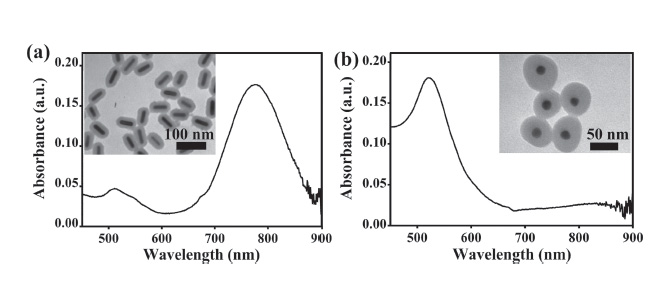
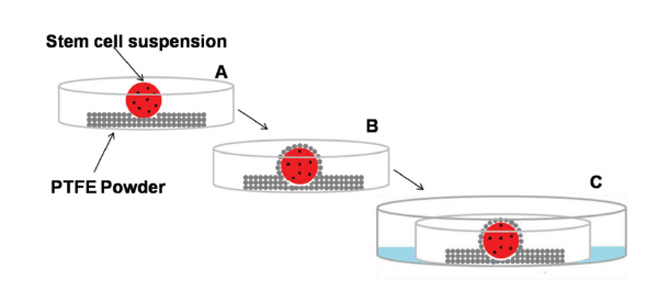
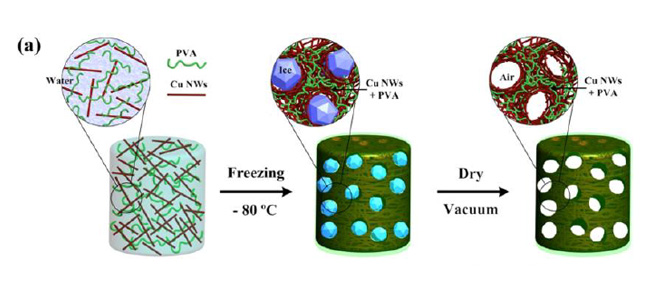
Congratulations to MCN Technology Fellow, Professor Saulius Juodkazis and MCN staff member, Gediminas Gervinskas, who co-authored the paper entitled “Phase Transformation in Laser-Induced Micro-Explosion in Olivine (Fe,Mg)2SiO4,” recently published in Advanced Engineering Materials. The paper explores micro-explosions generated by tightly focused single pulses of a femtosecond laser in olivine, showing that they produce change of iron valence state. Chemical and structural changes were investigated using synchrotron X-ray spectroscopy and Raman scattering. This study confirms that this mechanism may present a general pathway towards the creation of novel crystalline and amorphous nano-materials. (see figure 1)
Congratulations to MCN staff member, Dr. Ricky Tjeung, as well as MCN Technology Fellows, Professor James Friend and Dr. Peggy Chan who co-authored the paper “In Situ Generation of Tunable Porosity Gradients in Hydrogel-Based Scaffolds for Microfluidic Cell Culture,” recently published in Advanced Materials. The paper shows that an anisotropic matrix, which allows users to alter its properties and structure in situ after synthesis, offers the important advantage of being able to mimic dynamic in vivo microenvironments, such as in tissues undergoing morphogenesis or in wounds undergoing tissue repair. In this study, in situ tunable porosity gradient on the chemotactic response of cancer cells is studied both in the absence and presence of chemoattractant. This platform illustrates the potential of hydrogel-based microfluidics to mimic the 3D in vivo microenvironment for tissue engineering and diagnostic applications. (see figure 2)
Congratulations to Didit Yudistira et al who recently published “UV Direct Write Metal Enhanced Redox (MER) Domain Engineering for Realization of Surface Acoustic Devices on Lithium Niobate” in Advanced Materials. The paper looks at a new and highly versatile domain patterning method—ultraviolet direct write metal enhanced redox (UV direct write MER)— to achieve deep domains with practically no thermally-induced damage on the surface of lithium niobate crystals. This new technique enables the fabrication of practical piezoelectric acoustic superlattice structures on the most widely used crystal cut for surface acoustic wave applications. This is the first demonstration of a UV direct write surface acoustic wave transducer reported to date, made possible only due to the unique qualities of the MER domain engineering process. (see figure 3)
Congratulations to Daohong Zhang et al who recently published the paper entitled “Core-Spun Carbon Nanotube Yarn Supercapacitors for Wearable Electronic Textiles,” in ACS Nano. The paper presents a core/sheath structured carbon nanotube yarn architecture and a method for one-step continuous spinning of the yarn for the creation of long linear supercapacitors. In the yarn, the carbon nanotubes form a thin surface layer around a highly conductive metal filament core, which serves as current collector so that charges produced on the active materials along the length of the supercapacitor are transported efficiently, resulting in significant improvement in electrochemical performance and scale up of the supercapacitor length. The long, strong, and flexible threadlike supercapacitor is suitable for production of large-size fabrics for wearable electronic applications. (see figure 4)
Congratultions to Jiaweng Yong et al for their paper, “Gold-Nanorod-Assisted Near-Infrared Stimulation of Primary Auditory Neurons,” recently published in Advanced Healthcare Materials. This paper explores the use of near infrared lasers to stimulate neuronal tissue due to its potential for direct, non-contact activation at high spatial resolutions. Cultured rat primary auditory neurons incubated with silica-coated gold nanorods were investigated with near infrared lasers. The nanorod-treated auditory neurons show a significant increase in electrical activity compared with neurons which are incubated with non-absorbing silica-coated gold nanospheres and control neurons with no gold nanoparticles. This demonstrate the potential to improve the efficiency and increase the penetration depth of Inelastic neutron scattering by labeling nerves with gold nanorods and then exposing them to infrared wavelengths in the water window of tissue. (see figure 5)
Congratulations to MCN Technology Fellow, Dr. Peggy Chan who co-authored the paper, “Cardiogenesis of Embryonic Stem Cells with Liquid Marble Micro-Bioreactor,” published in Advanced Healthcare Materials. The paper looks, for the first time, at the feasibility of differentiating embryonic stem cells into cardiac lineages within liquid marbles. Results highlighted demonstrate that the liquid-marble technique is an easily employed, cost effective, and efficient approach to generate embryoid bodies and facilitate their cardiogenesis. (see figure 6)
Congratulations to MCN Technology Fellow, Assoc Professor Wenlong Cheng who co-authored the paper entitled, “Manufacturable Conducting Rubber Ambers and Stretchable Conductors from Copper Nanowire Aerogel Monoliths,” recently published in ACS Nano. The paper reports on a low-cost, simple and efficient strategy to fabricate ultralightweight aerogel monoliths and conducting rubber ambers from copper nanowires. A trace amount of polyvinyl alcohol substantially improved the mechanical robustness and elasticity of the copper nanowire aerogel while maintaining a high electrical conductivity. Remarkably, the copper nanowire aerogels could be further embedded into PDMS resin, forming conducting rubber ambers. The ambers could be further manufactured simply by cutting into any arbitrary 1D, 2D, and 3D shapes, which were all intrinsically conductive without the need of external prewiring, a condition required in the previous aerogel-based conductors. (see figure 7)


